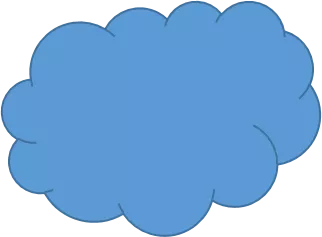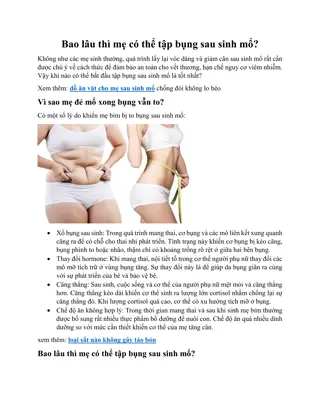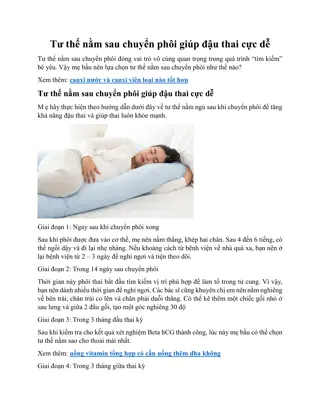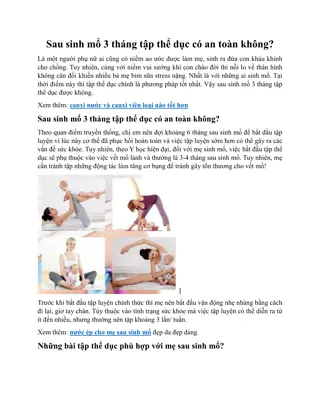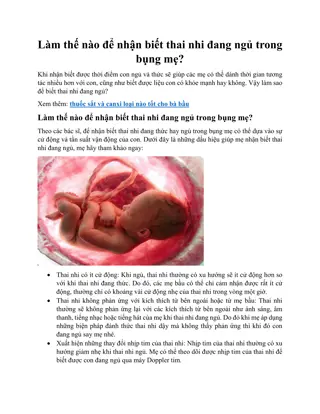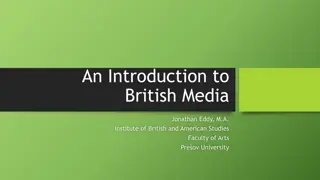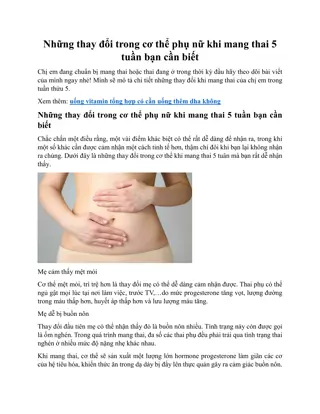The Differences Between Broadsheets and Tabloids
Explore how meaning is conveyed differently in broadsheets and tabloids by analyzing layout, form, and presentation. Consider the target audiences and key themes such as the appeal to pathos. Develop an understanding of persuasive appeals and compare examples of both types of newspapers. Gain insight into the impact of paparazzi on society through a writing assessment. Expand your word consciousness by defining terms like "traditionally" and "advertisers." Dive into a learning journey focused on the features and distinctions between broadsheets and tabloids.
Download Presentation

Please find below an Image/Link to download the presentation.
The content on the website is provided AS IS for your information and personal use only. It may not be sold, licensed, or shared on other websites without obtaining consent from the author.If you encounter any issues during the download, it is possible that the publisher has removed the file from their server.
You are allowed to download the files provided on this website for personal or commercial use, subject to the condition that they are used lawfully. All files are the property of their respective owners.
The content on the website is provided AS IS for your information and personal use only. It may not be sold, licensed, or shared on other websites without obtaining consent from the author.
E N D
Presentation Transcript
14 DNA Task Rewrite the sentences out below, inserting semi-colons in the correct place. 1)Call me tomorrow I will give you my answer then. 2)English was Anna s hardest subject additionally, she struggled with science. 3)Susan loves to swim her brother likes to dive. 4)My hair is very wet I have just washed it. 5)Climbing a mountain shouldn t be done when it is raining the rocks become slippery. 6)I always recommend Nandos they have a great menu.
Week focus: The appeal to pathos and exploration of key themes. Year 9: Transactional Writing Lesson Title: Lesson Title: Broadsheets and Tabloids Broadsheets and Tabloids Lesson Focus: Lesson Focus: analyse how meaning is conveyed differently according to layout, form and presentation Progress indicators: Progress indicators: Good Outstanding Assessment reminder: The paparazzi have a damaging impact on society. Write an article in which you explain your point of view on this statement.
Week focus: The appeal to pathos and exploration of key themes. Word Consciousness Please record on the back page of your exercise books Word and Definition Your definition Traditionally (adjective) something that happens regularly Advertisers (noun) people who promote products or ideas Observable (adjective) able to be noticed/seen
Week focus: The appeal to pathos and exploration of key themes. Learning Journey Applied the persuasive appeals to an argument. Develop an understanding of the features of, and differences between, broadsheets and tabloids. Compare and contrast examples of broadsheets and tabloids.
Activity 1- look at the examples of media articles in front of you Traditionally British newspapers have been divided into "quality", serious-minded newspapers (usually referred to as "broadsheets" because of their large size) and the more populist, "tabloid" varieties Teacher note use the images on the next slide for this task. Can obviously then be printed out and annotated if chosen. Spend 8 minutes with your partner studying the newspaper articles in front of you. One is a BROADSHEET and one is a TABLOID. Can you identify, and describe, three differences between them. EXTENSION: Do you think the target audiences are different? If yes, who are they?
Now, despite the rise in the internet, newspapers STILL continue to be important TASK 1 The Sun Daily Express Daily Telegraph Daily Star Daily Mail Guardian Mirror The Times Financial Times Put these in order of how popular these papers are, in respect of sales figures- most popular at the top Task 2 Use two separate colours to highlight whether these are broadsheet/ tabloid
The Sun 3.6 million Daily Mail 2.4 million Mirror 2.3 million Daily Express 1.1 million The Times 0.7 million Daily Star 0.5 million Financial Times 0.5 million Guardian 0.4 million 1) Does this order shock you in any way? 2) What does this tell us about the society we live in?
Newspapers have two main sources of profit 1) From sales of the newspapers 2) Sale of space in the paper to advertisers Broadsheets can charge more as they are known to appeal to people with more money!
Look at the following news stories and RANK them in the order in which you would read them . Gosport deaths: More time to quiz suspect Daventry beef burglars steal tonne of steak from warehouse BAE Systems to cut UK shipyards jobs 'Government risks teacher shortage' Radio 1 Teen Awards recognises heroes at Wembley Arena 5 minutes Now rank them for me- what order would I read them in?
Where are we most likely to find these stories? B/T? Broadsheet Tabloid
In order for a story to be successful it must have NEWS VALUE What do we think this means? It s about what is going to get the Audience s attention! CELEBRITIES RELEVANT DEALS WITH IMPORTANT TOPICS CURRENT INTERESTING UNUSUAL
According to former Times and Sunday Times Editor, Harold Evans, a news story is about necessary information and unusual events should be based on observable facts should be an unbiased account should be free from the reporter s opinion Evans, Harold Editing and Design: Volume 1 (1972)
Aims to entertain Longer sentences Assumes reader is well educated Uses biased or emotional language Short sentences Uses formal language Focus on major world events and politics Features celebrities sensationalist Detailed stories Lots of images Aims to inform Tabloid Broadsheet Features serious stories
What is HYPERREALITY? (Jean Baudrillard (1929-2007) an image, or simulation, that distorts the reality it signifies, or does not in fact depict anything with a real existence at all, but which nonetheless comes to constitute reality. http://shedexpedition.com/wp-content/uploads/2013/09/Disneyland-California.jpg
Baudrillard argued postmodern society - we are media saturated experiencing "the death of the real We live our lives in the realm of hyperreality, connecting more and more deeply to things like television sitcoms, music videos, virtual reality games, or Disneyland, things that merely simulate reality. Our image of REALITY is filtered through the media Can you think of your OWN two examples of where our image of reality is filtered through the media?
1) How do these pictures illustrate hyperreality 2) How does hyperreality sell newspapers?
Back to basics knowledge checker 1) Name three types of traditional mass media 2) Explain what is meant by the term NEW MEDIA, and give two examples 3) The Sun, and the Independent, are examples of different types of newspapers. What are these two different types called? 4) Give two ways in which a newspaper may try to get more readers 8 minutes
Self assessing our plenary- tick a correct answer and make any edits needed in green pen. 1. TV, radio, newspaper, magazine, cinema 2. New media- developed in the 1980s. Digital television, video games, computers, internet 3. Tabloid and Broadsheet 4. Exclusive stories, cheaper papers, colourful and more pages



